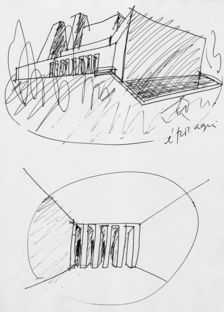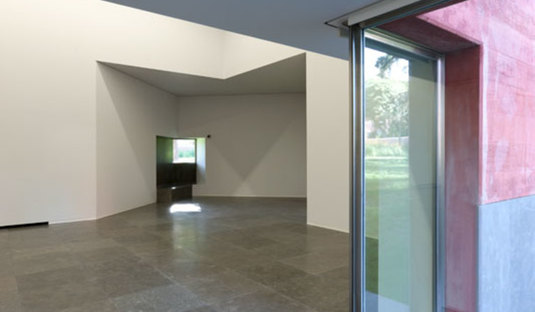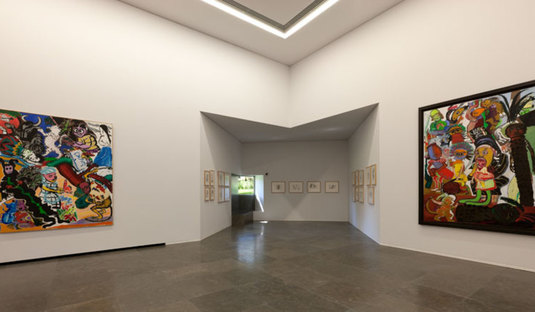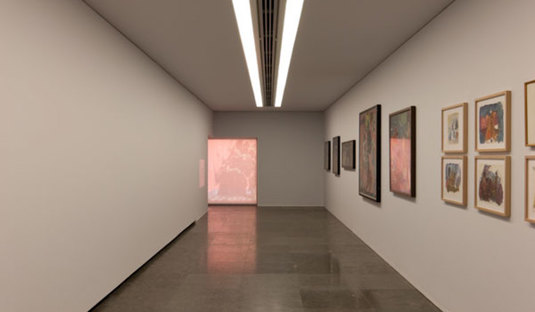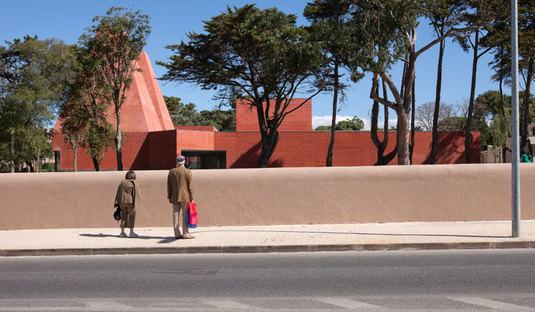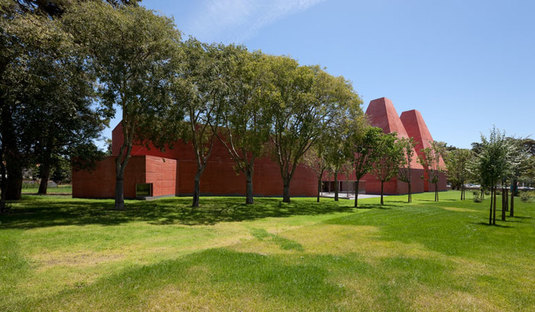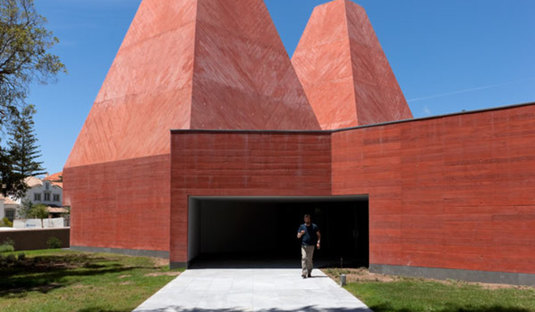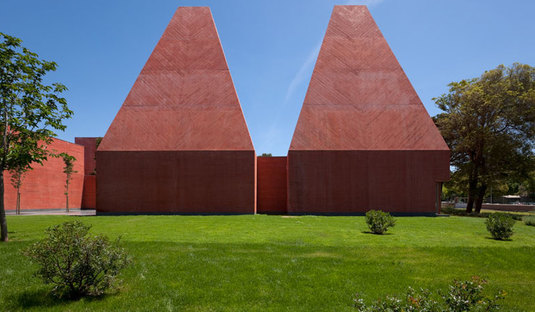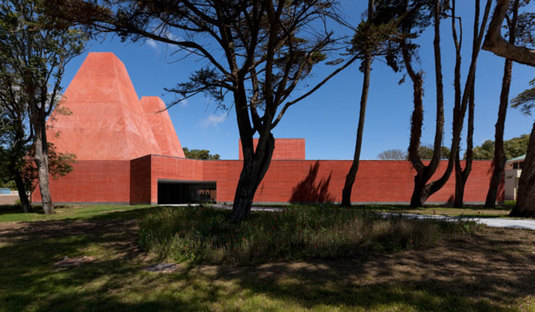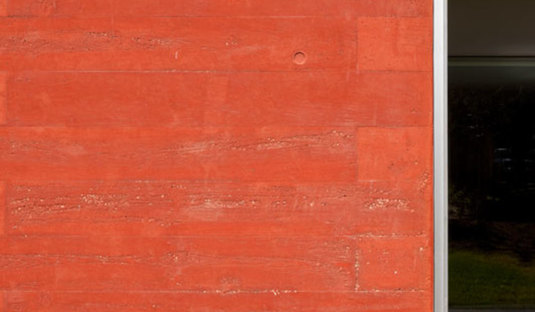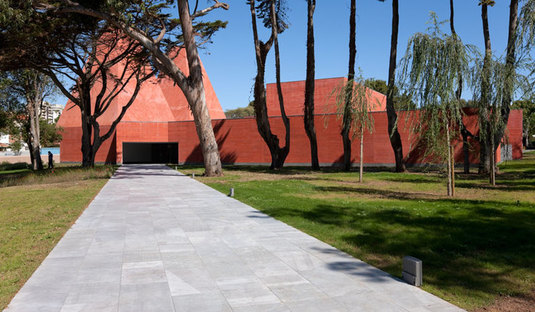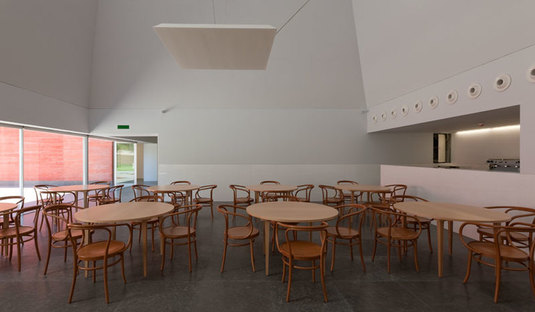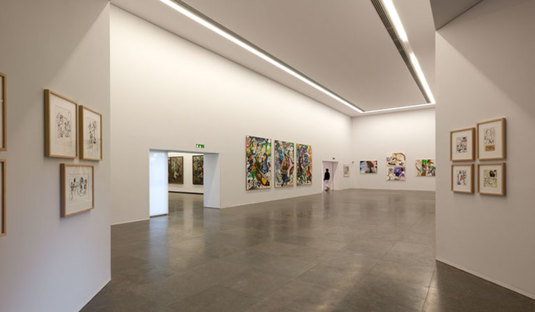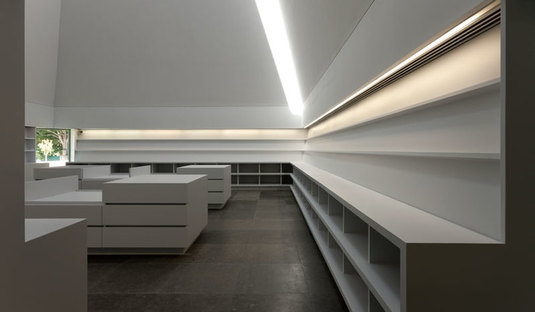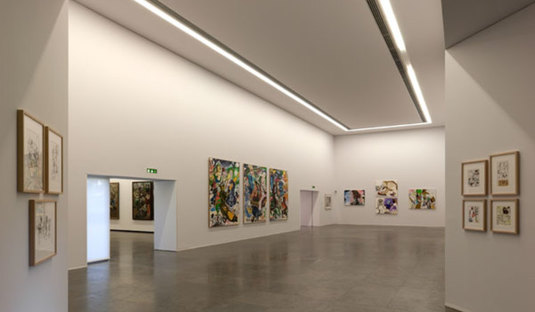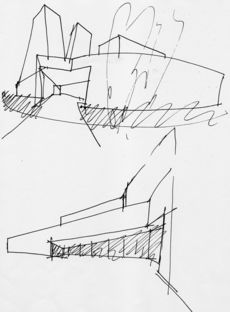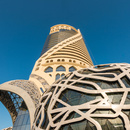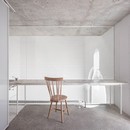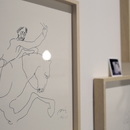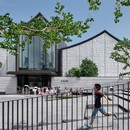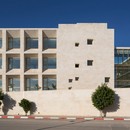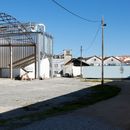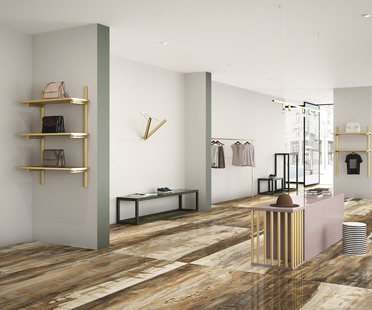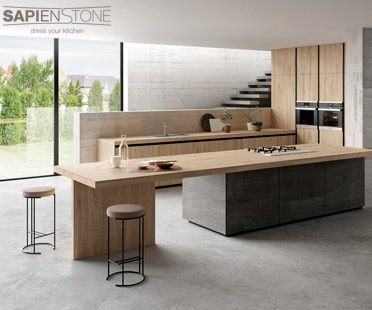09-05-2011
Souto de Moura: Paula Rêgo Museum
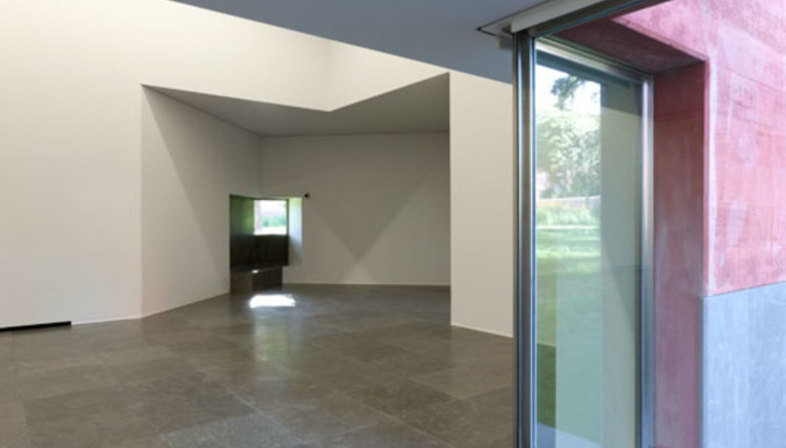 One of the most recent and most significant works of Portuguese architect Eduardo Souto de Moura, winner of the 2011 Pritzker Architecture Prize, is Paula Rêgo Museum in Cascais, a seaside town near Lisbon. A well-known name on the contemporary architecture scene in Portugal and in international debate, Souto de Moura creates projects which do not appear splashed over the covers of magazines but stand out from the demagogic style with which the younger generations are breaking down the barriers of specialised publications to become household names. Often compared to the works of other great masters of the Portuguese school such as Alvaro Siza and Fernando Tàvora, Souto de Moura?s architecture surprises us with its originality and detail, accompanying users through enjoyment of his buildings from our first glimpse to our last look, from contemplation of the whole to revelation of individual design choices.
One of the most recent and most significant works of Portuguese architect Eduardo Souto de Moura, winner of the 2011 Pritzker Architecture Prize, is Paula Rêgo Museum in Cascais, a seaside town near Lisbon. A well-known name on the contemporary architecture scene in Portugal and in international debate, Souto de Moura creates projects which do not appear splashed over the covers of magazines but stand out from the demagogic style with which the younger generations are breaking down the barriers of specialised publications to become household names. Often compared to the works of other great masters of the Portuguese school such as Alvaro Siza and Fernando Tàvora, Souto de Moura?s architecture surprises us with its originality and detail, accompanying users through enjoyment of his buildings from our first glimpse to our last look, from contemplation of the whole to revelation of individual design choices.It was Paula Rego herself, one of Portugal?s most important Portuguese contemporary painters, who appointed Souto de Moura to build the museum dedicated to her works. The lot on which it is built measures nearly 9000 square metres and already included an existing wall and a wooded area with an empty spot in the middle, where the museum now stands. Thus Paula Rego?s figurative style meets the idiom of roofs and spires as seen by Souto de Moura in the homes of Portuguese architect Raul Lino, whom he cites as his inspiration for the design of the two big pyramidal roofs, the focal elements and symbols of the project, tip of a hierarchy of different heights regulating the volumes of the entire complex. This is the dimension of the grandiose, according to the architect, completed with the radical and univocal decision to paint the cement red. The architectural archetype of the tower, both stack and fortification, a figurative element out of the realm of the imagination which appears again and again in the history of architecture, is interpreted in cement, the key material in the idiom of recent Portuguese architecture, the material used in his famous stadium in Braga and his private homes in Cascais. The colour red, which is not compact, but follows the flaws in the cement so that it appears to be already worn away by time, and the cuts in the corners made to fit in the windows letting daylight into the exhibition areas, mitigate the material?s brutalism.
The pyramid towers have become the symbols of the building, making it recognisable as a “cathedral” of our times, appropriate for the museum and its role in the city?s urban landscape and cultural scene. The decision to put a bookshop and a coffee shop in the towers reinforces the new perception of the museum as a place of cultural entertainment, where learning is no longer relegated to the classroom but seen as an activity to be performed during leisure time, in company.
by Mara Corradi
Design: Eduardo Souto de Moura
Collaborators: Bernardo Monteiro, Diogo Guimarães, Junko Imamura, Kirstin Schätzel,Manuel Vasconcelos, Maria Luís Barros, Pedro G. Oliveira, Rita Alves, Sofia Torres Pereira, Susana Monteiro, Paula Mesquita
Client: Câmara Municipal de Cascais
Location: Avenida da República , Cascais (Portugal)
Structural design: AFAconsult
Total useable surface area: 3307 m2
Lot size: 8896 m2
Project start date: 2005
Completion of work: 2008
Cement structure painted red
Bluish grey Cascais marble floor
Photographs: © Luis Ferreira Alves
www.casadashistoriaspaularego.com










